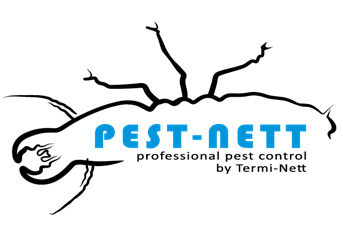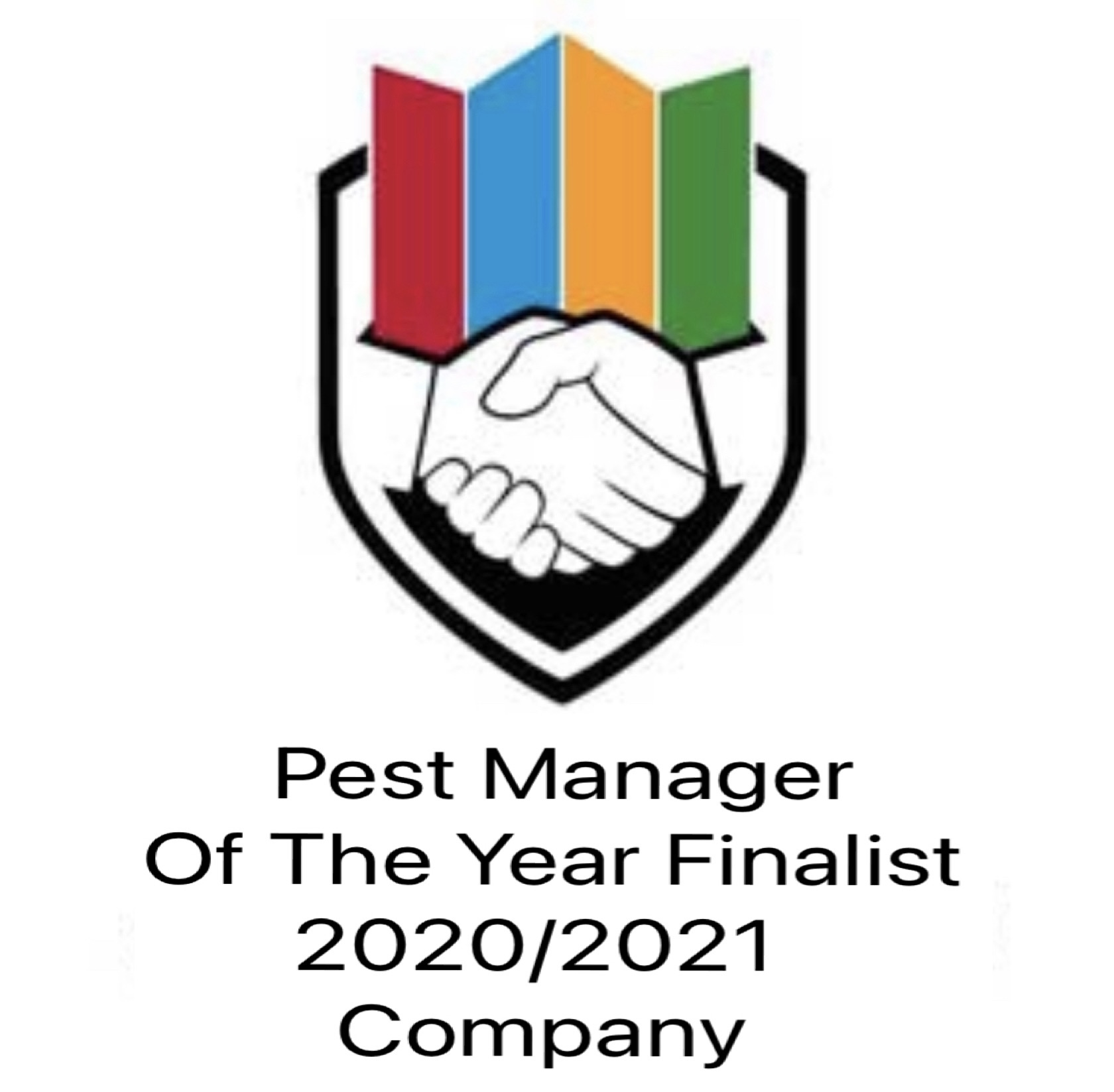DESCRIPTION
Ferment or Vinegar flies are sometimes referred to as “Fruit flies” because they are frequently found around fruit, particularly if the fruit is over ripe. They are a small fly (but not minute) approximately 3mm. in length. They are tan to dark brown in colour and have distinctive large red eyes. They are often seen hovering above fruit, looking for food or a suitable breeding site. When seen in office situations they are often found around waste paper bins that contain food scraps or in kitchenettes or executive bars. These pests are most frequently associated with fermenting organic materials. Specimens can often be found on window sills as they are attracted to the light and often die trying to get to the light source.
LIFE CYCLE The eggs are laid into moist, fermenting material and hatch in 24 to 30 hours. The female lays 25 – 35 eggs per day. A single female lays on average 500 eggs during her lifetime. The larva (maggots) feed for about 4 days after which they move to drier area to pupate. Pupation usually takes about 4 days, making the entire life cycle about 10 days. Note the large red eyes.
HABITAT
The key to solving infestations of Ferment / Vinegar (Fruit) flies is to find ALL the breeding sites and eliminate them. These flies are partial to fresh decaying organic matter, however once the material becomes too decayed and bacteria and fungi build up, the food source begins to lose it attractiveness. Phorid flies or Fungus Gnats are more likely to be attracted to this type of breeding medium.
The breeding cycle can take place in fermenting material such as:
- Fresh / over ripe fruit or vegetable.
- Moist organic material in garbage or industrial bins.
- Sugar syrup and yeasts in empty soft drink and beer cans, empty wine bottles in recycle bins etc.
- Floor drains (some are located in “out of the way places” and are not easily found)
- Beer and soda fountain drains.
- The bottom of drink pistol holders.
- Uncleaned beer and soda drips / spill trays.
- Drip trays and drains of refrigerators.
- Uncleaned office waste paper bins with no liners used for food & drink scraps.
In high rise buildings they are often transferred to higher levels through the up-draughts in elevator shafts. The infestation can often be sustained, on these office floors by food left in waste paper bins, floor drains, bars, kitchenettes, even unwashed coffee mugs. In one situation they were observed being transported to the higher levels of a building in wheelie bins used by the cleaners to gather garbage from each floor. These wheelie bins were stored in the building basement beside the industrial and recycle bins, the original source of the infestation.
Ferment flies are attracted to fresh and fermenting fruit. Fermenting fruits and vegetables provide the yeasts and vinegary liquids used as a breeding medium, whereas Phorid flies prefer rotting, decaying organic materials.
To arrange a free quote, contact your qualified team today.


